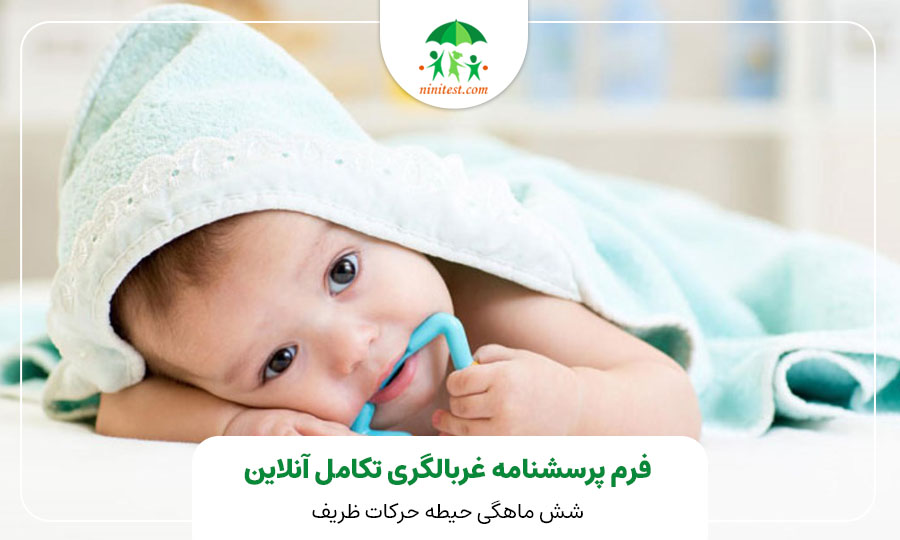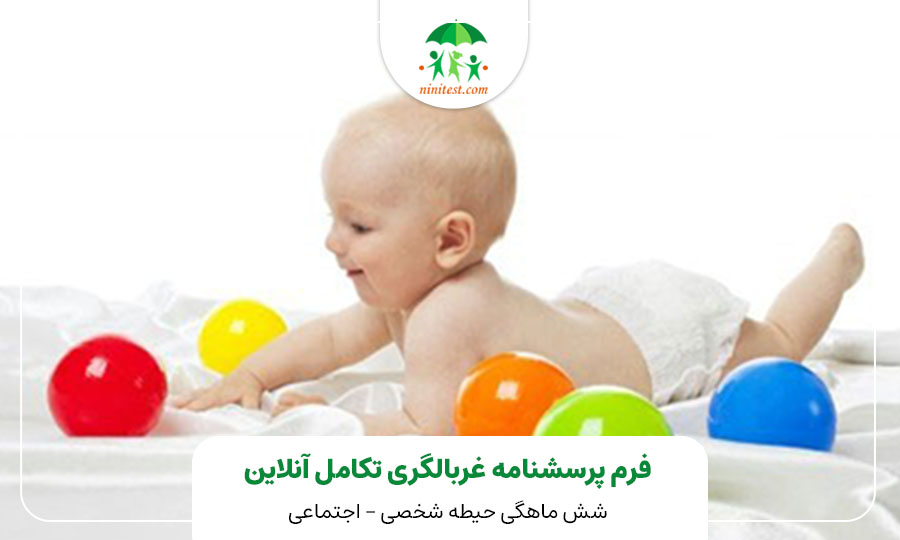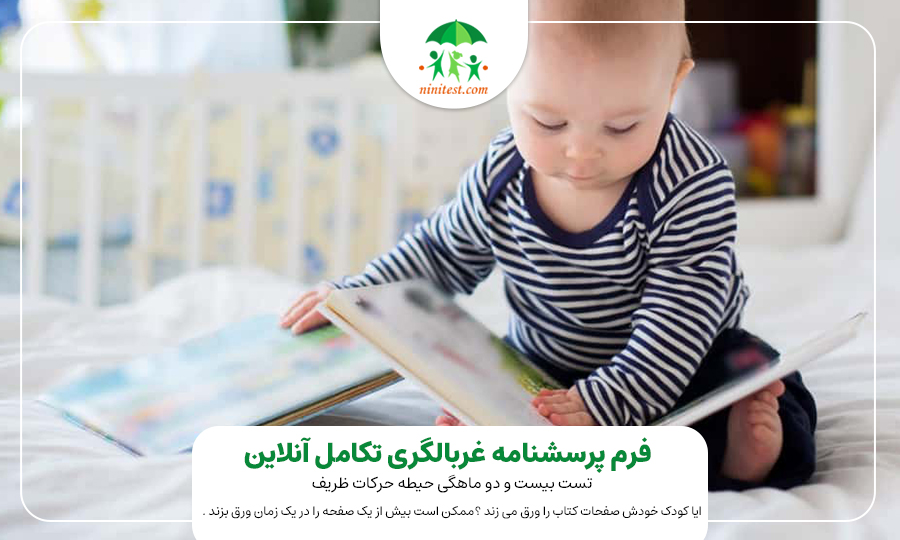
The AAP recommends that parents and caregivers develop a family media plan that takes into account the health, education and entertainment needs of each child as well as the whole family.
“Families should proactively think about their children’s media use and talk with children about it, because too much media use can mean that children don’t have enough time during the day to play, study, talk, or sleep,” said Jenny Radesky, MD, FAAP, lead author of the policy statement, “Media and Young Minds,” which focuses on infants, toddlers and pre-school children. “What’s most important is that parents be their child’s ‘media mentor.’ That means teaching them how to use it as a tool to create, connect and learn.” A second policy statement, “Media Use in School-Aged Children and Adolescents,” offers recommendations for children ages 5 to 18, and a technical report, “Children, Adolescents and Digital Media,” provides a review of the scientific literature to support both policies. All three documents will be published in the November 2016 Pediatrics (online October 21).
A panel discussion for journalists about these media recommendations and the new online family media plan tool will be held from 9 - 10 a.m. PST on Oct. 21 in San Francisco, Calif., including the policy authors, Sesame Workshop and Common Sense. At 10:30 a.m. PT, speakers will participate in an AAP Facebook Live event (@AmerAcadPeds) to answer questions from across the country.
The AAP recommends parents prioritize creative, unplugged playtime for infants and toddlers. Some media can have educational value for children starting at around 18 months of age, but it's critically important that this be high-quality programming, such as the content offered by Sesame Workshop and PBS. Parents of young children should watch media with their child, to help children understand what they are seeing.
For school-aged children and adolescents, the idea is to balance media use with other healthy behaviors.
"Parents play an important role in helping children and teens navigate media, which can have both positive and negative effects," said Megan Moreno, MD, MSEd, MPH, FAAP, lead author of the policy statement on media use in school-aged children and teens. "Parents can set expectations and boundaries to make sure their children's media experience is a positive one. The key is mindful use of media within a family."
Among the AAP recommendations:
- For children younger than 18 months, avoid use of screen media other than video-chatting. Parents of children 18 to 24 months of age who want to introduce digital media should choose high-quality programming, and watch it with their children to help them understand what they're seeing.
- For children ages 2 to 5 years, limit screen use to 1 hour per day of high-quality programs. Parents should co-view media with children to help them understand what they are seeing and apply it to the world around them.
- For children ages 6 and older, place consistent limits on the time spent using media, and the types of media, and make sure media does not take the place of adequate sleep, physical activity and other behaviors essential to health.
- Designate media-free times together, such as dinner or driving, as well as media-free locations at home, such as bedrooms.
- Have ongoing communication about online citizenship and safety, including treating others with respect online and offline.






